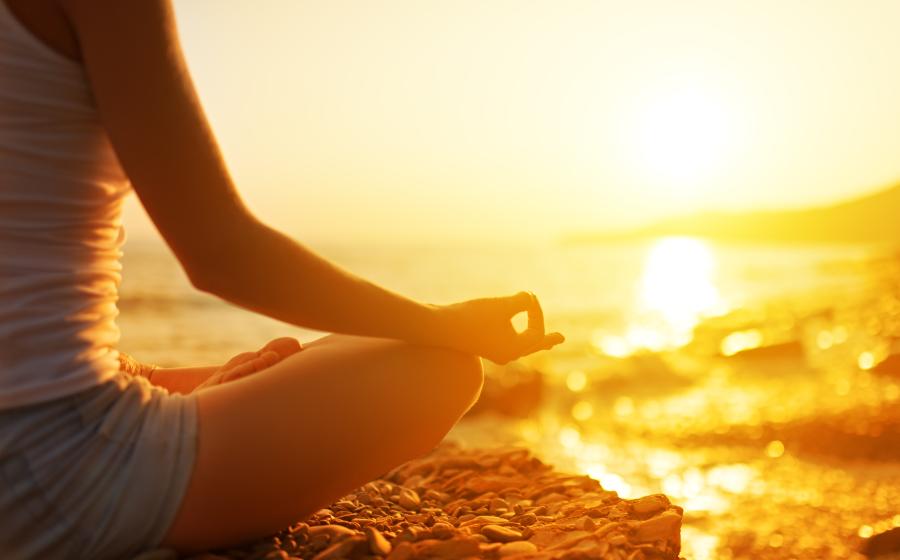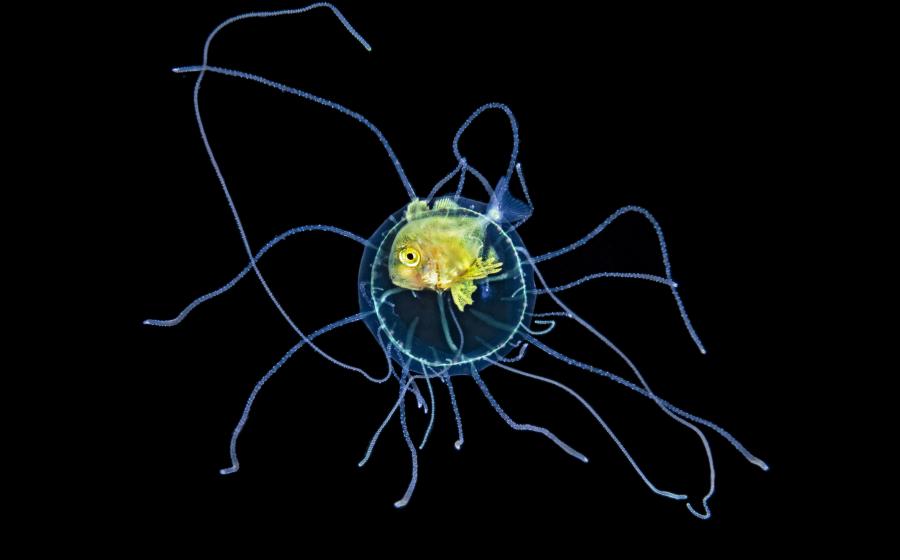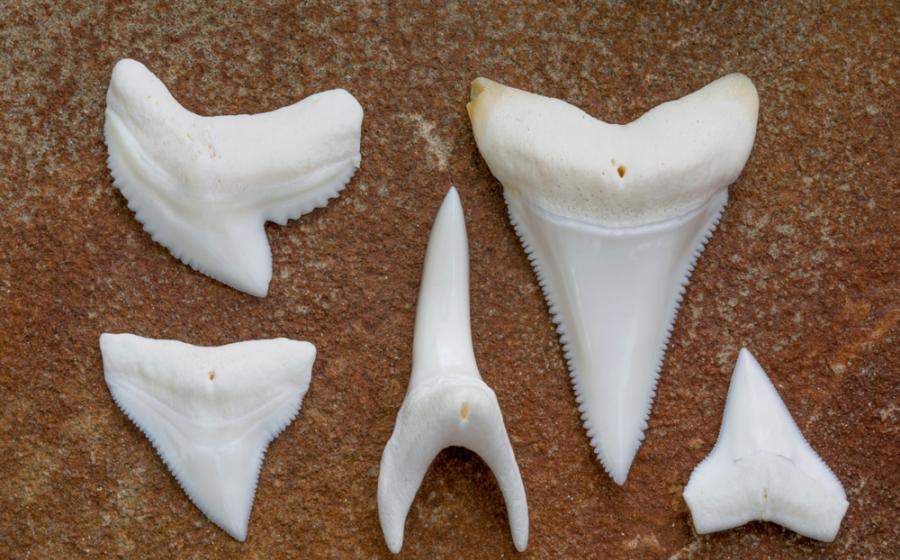Travel in a Post-9/11 World
May 2002
By Stephen Frink
The New Rules
||
|---|
|  |
|
| Inside the wheeled case, Steve carries a Nikon D1X digital camera, Nikonos RS body, CD burner, a 13mm lens for the RS, lenses for under water, SB28DX topside strobe, and miscellaneous chargers and connector cords.|
I'm anxious about how to travel with my new camera gear. I know you handle this all the time, so I'd like to know how you pack, what kind of luggage you use and how you handle the weight restrictions with smaller airlines. This is all new to me because in the past I've just carried on a small Pelican case with the Nikonos V. Now I see I'll have to check larger cases of some kind and I'm nervous about theft, costs, etc. Any guidance you can offer would be much appreciated.
-via e-mail
Good questions and important ones. Here's what I recommend doing in the wake of Sept. 11:
Carry a combo. For carry-on, I use a nice wheeled case and a briefcase with laptop computer, film and miscellaneous items. With this combination, I qualify for the "one carry-on plus briefcase" rule, and it's a lot easier on me physically than the heavy backpack I used to carry on.
Carry a system. My carry-on includes a system to let me shoot when I arrive, even if the other bags don't arrive. This system is a Nikon D1X, Seacam housing, fisheye port (works for both 60mm Micro-Nikkor and 14mm), strobe, charger, cords and connectors, and a couple of lenses for my particular needs.
Check your big case. The rest of my gear gets packed in a Pelican 1620 case and goes as checked luggage. It's important to keep this case below 70 pounds or you're in trouble. It's not just a matter of paying overweight charges; many airlines won't accept a heavier case and you'll have to break it down into smaller parcels.
Insure your gear. Insure all your gear with a plan like DEPP (Diver's Equipment Protection Program). See www.equipmentprotection.com/programs/depp.html. You'll have too much to keep with you at all times, and good insurance makes for good peace of mind.
Travel light. I'd rather have room and weight for a spare camera body than extra clothes. Most places we travel to for underwater imagery don't require much in the way of high style. {mospagebreak}
Digital Amphibians
Are there any amphibious digital underwater cameras available? If not now, when?
-Chris Perri, Titusville, Fla.
There are no amphibious digital underwater cameras presently, and I'm not holding my breath for one. The technology is changing so quickly that the small market for such a unit would make it very difficult to sell enough cameras to amortize investment. I think housings for digital cameras will be the trend of the future. There are some great ones now from Light & Motion, SeaLife and Ikelite (among others), and this market will continue to grow.
Movin' On Up
Is it worthwhile for a four-week-per-year tropical shooter to upgrade from a Nikon N90 to an F100?
-Raymond Jusseaume, Westport, Mass.
It was worth it to me for the faster autofocus and five zones of autofocus. Plus, there are some awesome F100 housings out there from Seacam, Sea & Sea, and others. I don't know your financial considerations, but I lean toward saying yes on the basis of enhanced technology. By the way, four weeks of shooting is more than most divers get.
Can I Use Digital for Wide-Angle?
Is digital better for wide-angle or for macro photos?
-Diane Yateman, Woodbridge, Va.
Digital is wonderful for macro and fish portraits. Wide-angle suffers with the 1.5 magnification of digital, so a 14mm lens becomes the equivalent of a 21mm lens. With most consumer cameras, the housing will require a special wide-angle adapter lens, and depending on the optic, flare may be problematic. Additionally, when shooting into the ball of the sun, detail may be lost. But with a high-end digital camera like the Nikon D1X, highlight details are easier to maintain, and extreme wide-angle lenses like the 16mm full-frame fisheye and the 17-35mm solve the problem. So, can you use digital for wide-angle? Yes, depending on the camera and accessory optic.
Film Update-Please!
I am looking for a simple overview of what film to shoot. Rodale's last review of films was in 1997. How 'bout an update?
-Christopher Dobens, New York, N.Y.
There have been lots of changes in film since 1997. Color negative film is a good choice; either Kodak or Fuji is fine. Both are sharp, well-balanced emulsions. As for slides, try Fujichrome Velvia or the new Provia. Note that the new film has a magenta look to the base before it gets processed and the old Provia is tan. Use the new stuff only. There may be some of the old film still in dealer inventory, but the color is not as nice for under water. I also like Kodak 100S as a slide film alternative. For the most part, use 50 or 100 ISO for slides, and 100 or 200 ISO for prints. I doubt you'll have much need for 400 ISO unless you are shooting available light in deep or dark conditions. These are issues we intend to cover in a future Viewfinder column this year.
May 2002
By Stephen Frink
The New Rules
|| |---|
| |
| Inside the wheeled case, Steve carries a Nikon D1X digital camera, Nikonos RS body, CD burner, a 13mm lens for the RS, lenses for under water, SB28DX topside strobe, and miscellaneous chargers and connector cords.|
I'm anxious about how to travel with my new camera gear. I know you handle this all the time, so I'd like to know how you pack, what kind of luggage you use and how you handle the weight restrictions with smaller airlines. This is all new to me because in the past I've just carried on a small Pelican case with the Nikonos V. Now I see I'll have to check larger cases of some kind and I'm nervous about theft, costs, etc. Any guidance you can offer would be much appreciated.
|
| Inside the wheeled case, Steve carries a Nikon D1X digital camera, Nikonos RS body, CD burner, a 13mm lens for the RS, lenses for under water, SB28DX topside strobe, and miscellaneous chargers and connector cords.|
I'm anxious about how to travel with my new camera gear. I know you handle this all the time, so I'd like to know how you pack, what kind of luggage you use and how you handle the weight restrictions with smaller airlines. This is all new to me because in the past I've just carried on a small Pelican case with the Nikonos V. Now I see I'll have to check larger cases of some kind and I'm nervous about theft, costs, etc. Any guidance you can offer would be much appreciated.-via e-mail
Good questions and important ones. Here's what I recommend doing in the wake of Sept. 11:
Carry a combo. For carry-on, I use a nice wheeled case and a briefcase with laptop computer, film and miscellaneous items. With this combination, I qualify for the "one carry-on plus briefcase" rule, and it's a lot easier on me physically than the heavy backpack I used to carry on.
Carry a system. My carry-on includes a system to let me shoot when I arrive, even if the other bags don't arrive. This system is a Nikon D1X, Seacam housing, fisheye port (works for both 60mm Micro-Nikkor and 14mm), strobe, charger, cords and connectors, and a couple of lenses for my particular needs.
Check your big case. The rest of my gear gets packed in a Pelican 1620 case and goes as checked luggage. It's important to keep this case below 70 pounds or you're in trouble. It's not just a matter of paying overweight charges; many airlines won't accept a heavier case and you'll have to break it down into smaller parcels.
Insure your gear. Insure all your gear with a plan like DEPP (Diver's Equipment Protection Program). See www.equipmentprotection.com/programs/depp.html. You'll have too much to keep with you at all times, and good insurance makes for good peace of mind.
Travel light. I'd rather have room and weight for a spare camera body than extra clothes. Most places we travel to for underwater imagery don't require much in the way of high style. {mospagebreak}
Digital Amphibians
Are there any amphibious digital underwater cameras available? If not now, when?
-Chris Perri, Titusville, Fla.
There are no amphibious digital underwater cameras presently, and I'm not holding my breath for one. The technology is changing so quickly that the small market for such a unit would make it very difficult to sell enough cameras to amortize investment. I think housings for digital cameras will be the trend of the future. There are some great ones now from Light & Motion, SeaLife and Ikelite (among others), and this market will continue to grow.
Movin' On Up
Is it worthwhile for a four-week-per-year tropical shooter to upgrade from a Nikon N90 to an F100?
-Raymond Jusseaume, Westport, Mass.
It was worth it to me for the faster autofocus and five zones of autofocus. Plus, there are some awesome F100 housings out there from Seacam, Sea & Sea, and others. I don't know your financial considerations, but I lean toward saying yes on the basis of enhanced technology. By the way, four weeks of shooting is more than most divers get.
Can I Use Digital for Wide-Angle?
Is digital better for wide-angle or for macro photos?
-Diane Yateman, Woodbridge, Va.
Digital is wonderful for macro and fish portraits. Wide-angle suffers with the 1.5 magnification of digital, so a 14mm lens becomes the equivalent of a 21mm lens. With most consumer cameras, the housing will require a special wide-angle adapter lens, and depending on the optic, flare may be problematic. Additionally, when shooting into the ball of the sun, detail may be lost. But with a high-end digital camera like the Nikon D1X, highlight details are easier to maintain, and extreme wide-angle lenses like the 16mm full-frame fisheye and the 17-35mm solve the problem. So, can you use digital for wide-angle? Yes, depending on the camera and accessory optic.
Film Update-Please!
I am looking for a simple overview of what film to shoot. Rodale's last review of films was in 1997. How 'bout an update?
-Christopher Dobens, New York, N.Y.
There have been lots of changes in film since 1997. Color negative film is a good choice; either Kodak or Fuji is fine. Both are sharp, well-balanced emulsions. As for slides, try Fujichrome Velvia or the new Provia. Note that the new film has a magenta look to the base before it gets processed and the old Provia is tan. Use the new stuff only. There may be some of the old film still in dealer inventory, but the color is not as nice for under water. I also like Kodak 100S as a slide film alternative. For the most part, use 50 or 100 ISO for slides, and 100 or 200 ISO for prints. I doubt you'll have much need for 400 ISO unless you are shooting available light in deep or dark conditions. These are issues we intend to cover in a future Viewfinder column this year.






